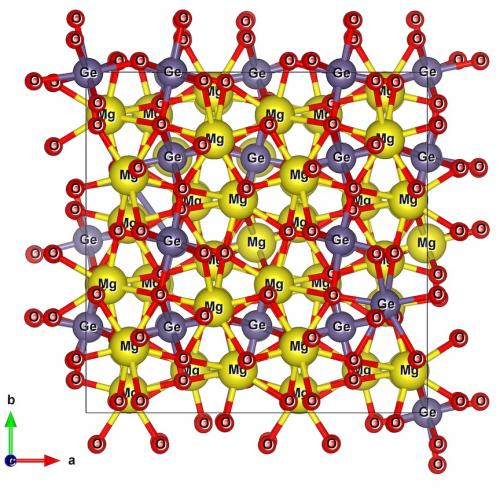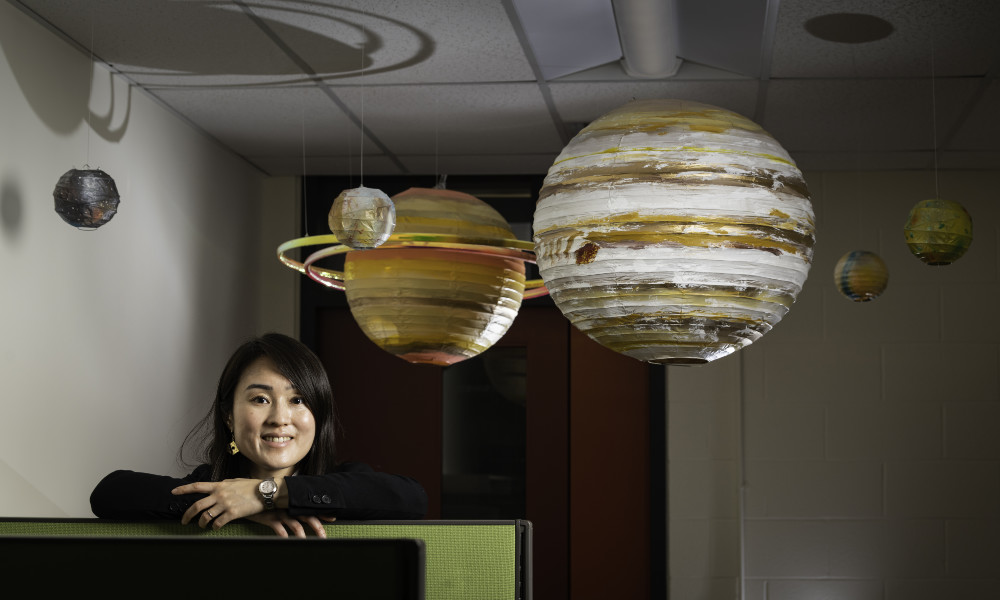
IN THE NEWS
Scientists hit key milestone in fusion energy quest
December 13, 2022
December 13, 2022
The major breakthrough of achieving ignition is cause for celebration at Rochester’s Laboratory for Laser Energetics as well. READ MORE










